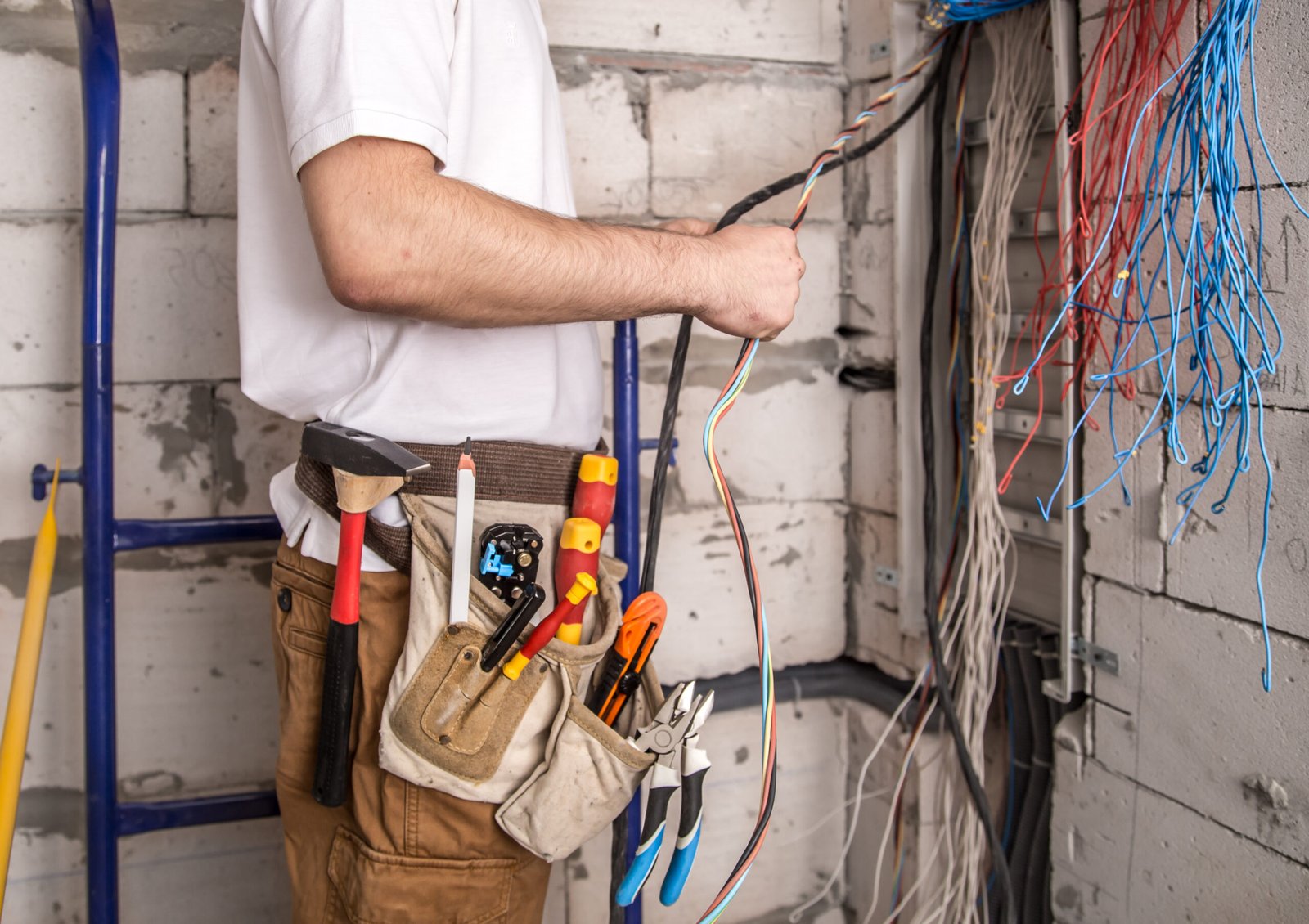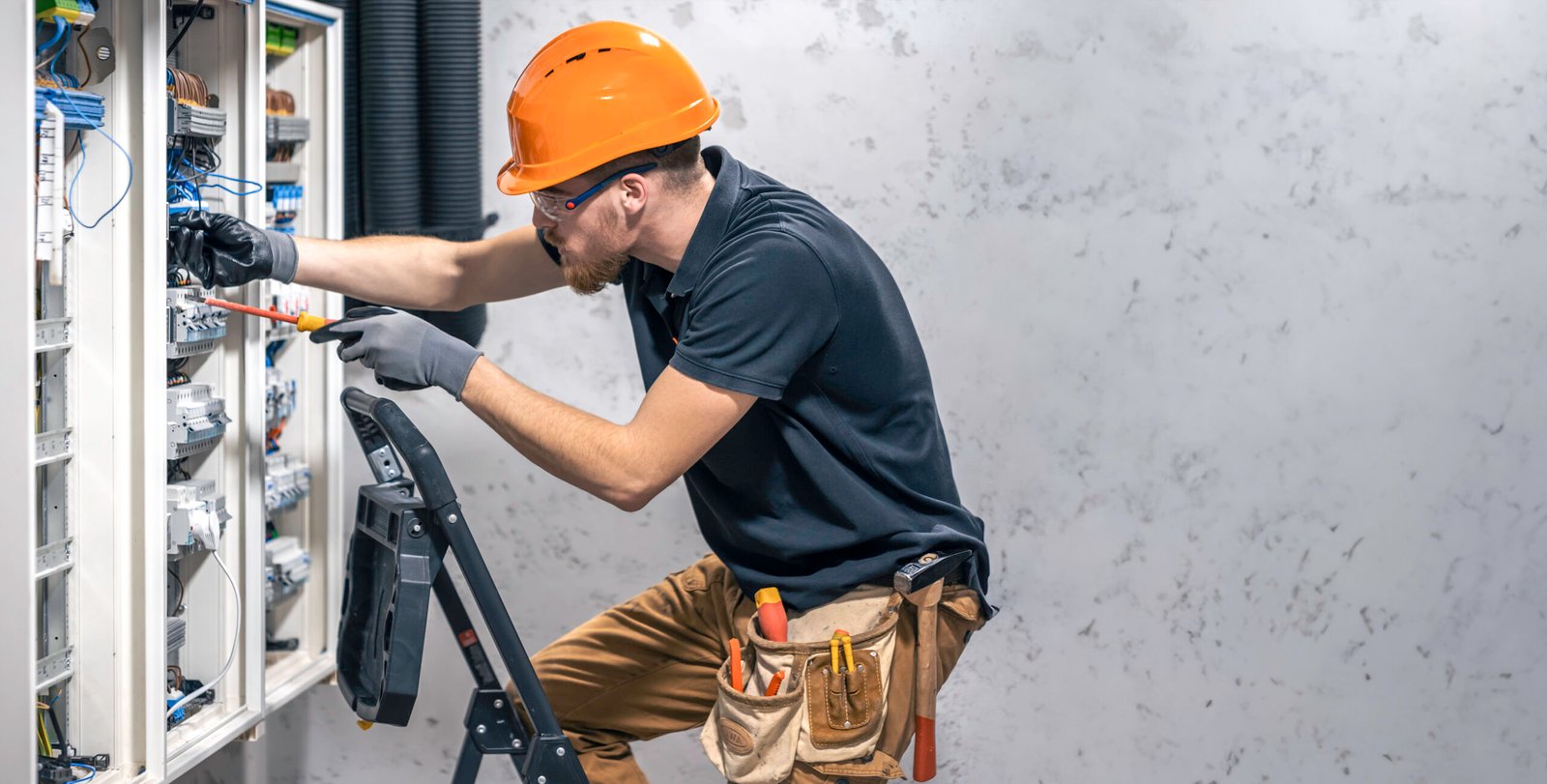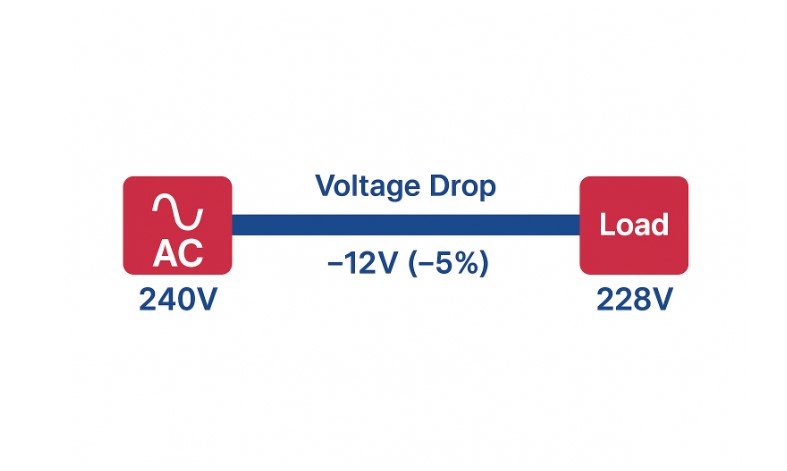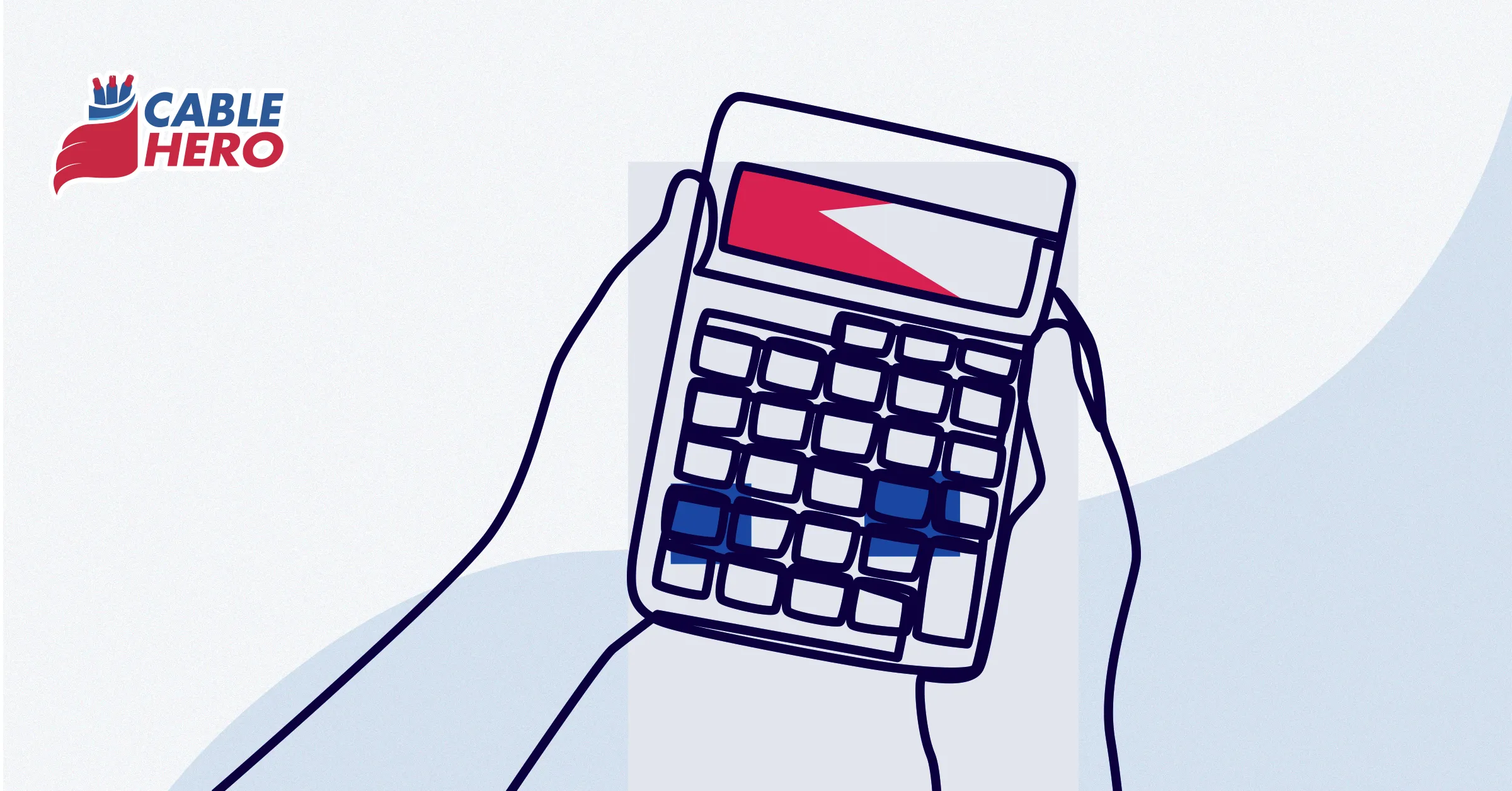How Cable Sizing Impacts Grouped Cables and Conduits
One of the most overlooked yet important factors when designing an electrical system is the way cable sizing affects grouped cables and conduits. Grouping multiple cables or running them through a single conduit increases heat buildup, which reduces current-carrying capacity and compromises system p...








